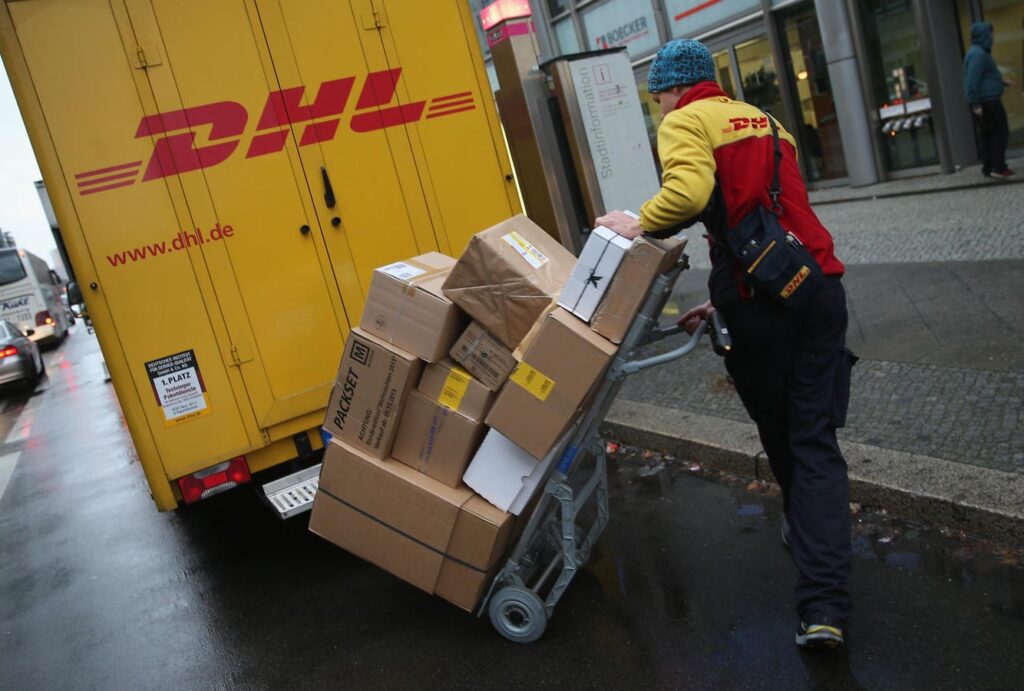DHL today announced that it has partnered with reseller Reflaunt to provide logistics services for resale (vintage) businesses. Under the agreement, the brand will contract Reflaunt to manage its resale operations, and all products will be handled and authenticated by DHL personnel at DHL facilities.
How to use:
– The consumer visits the brand's site and uses software provided to the brand by Reflaunt that manages the process.
– The software arranges for pickup, sorting, grading, authentication, photography, handling, and shipping by DHL. To the consumer, it looks like they are only interacting with the brand.
– DHL and Reflaunt both market this service to brands.
Why is this important?
There are many reasons why resale is a huge growth opportunity for consumer products.
– This gives consumers access to brands they wouldn't otherwise be able to buy.
・You can recover a portion of the purchase price, making it cheaper to buy new products.
– Environmentally friendly, reduces waste and extends the life of products that would otherwise be left unused or in a landfill.
Consumers want it for a variety of reasons.
However, the resale business also has its problems. The most notable thing is that it is very difficult to make money. Billions of dollars have been invested to build large resale businesses, resulting in losses.
Here are some reasons why it's so difficult:
-Resale products must always be sold at a lower price than new products, so there is a limit to the selling price.
– Resold products are more expensive to handle, inspect, and authenticate than new products because every item is unique and you receive one piece instead of thousands. Some are fake and need to be eliminated individually.
– Resale products must be pulled individually from consumers' closets, while new products can be ordered, manufactured, and shipped by the pallet.
While we are beginning to see signs that resale can be profitable (see this article), the infrastructure to streamline the industry is only just beginning to emerge. Not so long ago, it was considered the clothing of the poor. Now the way of thinking is changing.
It's a big change for a company of DHL's size to see this as an opportunity. Contrary to what the investors who have poured billions of dollars into major resale platforms like The RealReal and ThredUp believe, much of the infrastructure for resale doesn't need to be purpose-built. You can add on to your existing operations, and DHL is doing it.
It's not just DHL. The company Open For Vintage takes information from brick-and-mortar vintage boutiques around the world and posts their products on an electronic marketplace for consumers around the world to see. This is another example of leveraging existing infrastructure rather than investing billions of dollars to build new infrastructure. The efficiency of this approach may lead to more such developments over time.
This trend will usher in an era where people can scan their closets on their mobile devices, decide what they want to sell, and instantly have it posted online. These changes are still a long way off, but they are definitely happening. What a company of DHL's size is doing is one sign that reselling can be made more efficient by deploying existing resources to make reselling more profitable. Resale is what consumers want, so we need to find more ways to realize its great potential.
follow me twitter Or LinkedIn.


